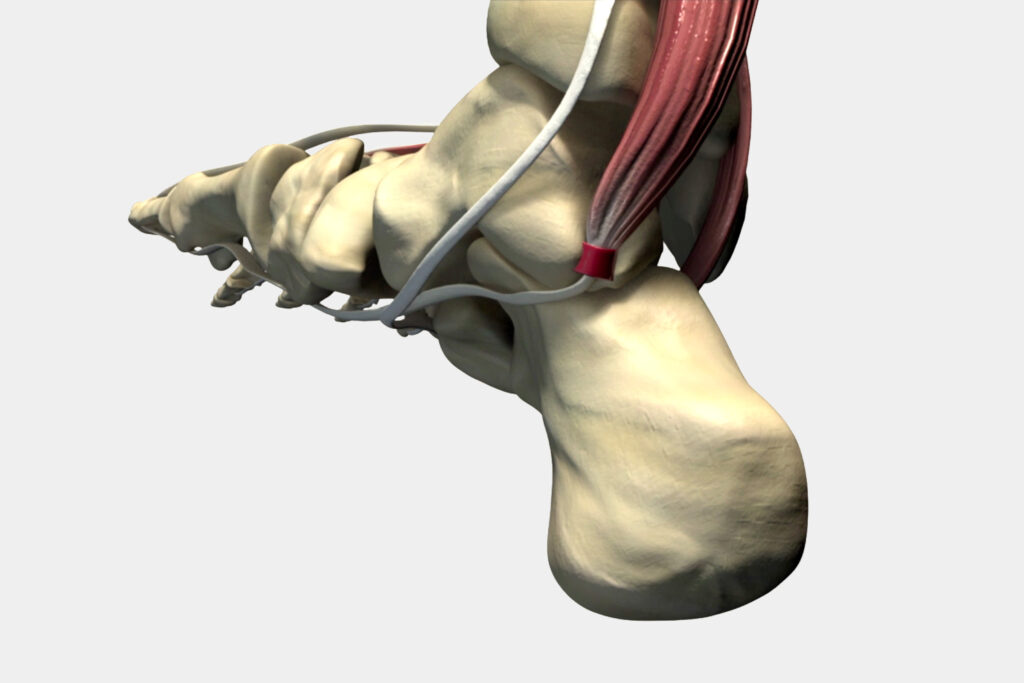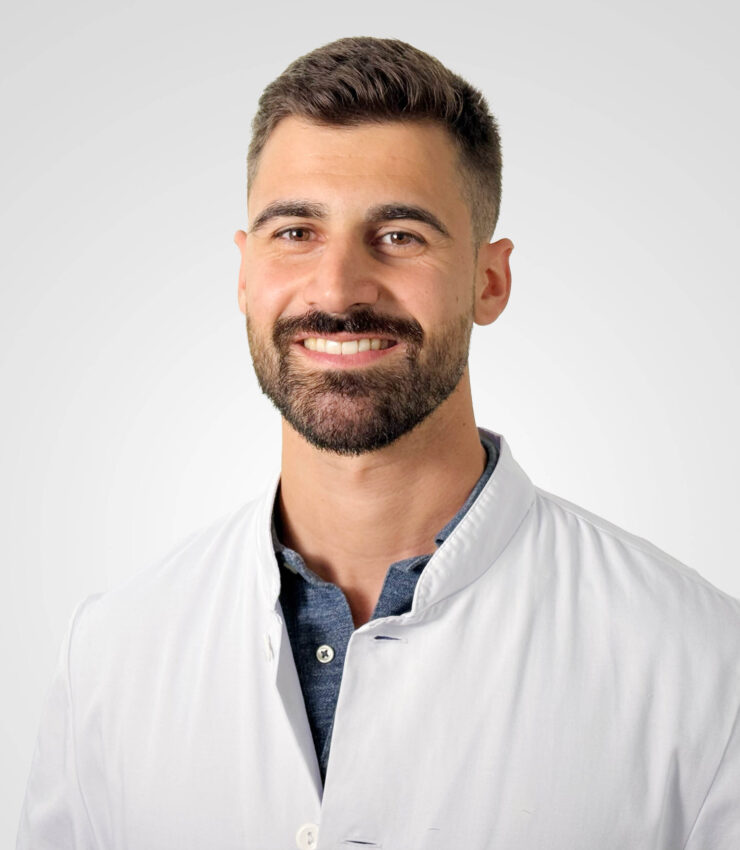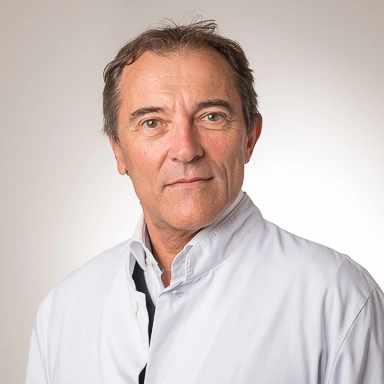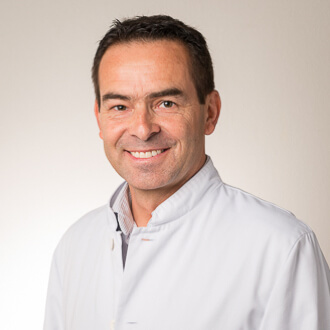Welcome - Foot orthopedist in Lausanne – Pathology: Functional hallux limitus
Functional hallux limitus
Functional hallux limitus is a little-known condition that affects more than half of the population. This condition is characterized by limited mobility of the big toe, not due to direct joint damage, but to a blockage of the long flexor tendon in the hindfoot. This biomechanical restriction disrupts normal gait and can lead to painful compensations throughout the lower limb, from the foot to the lumbar region.
Causes
This pathology results from a tendon impingement located in the retrotalar tunnel, where the flexor hallucis longus tendon can no longer slide freely under its fibrous pulley. Predisposing factors include muscle hypertrophy, a very distal musculotendinous junction, or an inflammatory condition such as tenosynovitis. Patients often report a history of repeated ankle sprains, prolonged immobilization of the lower limb, or intensive practice of sports that involve the balls of the feet, such as ballet. This biomechanical condition creates a tenodesis effect, i.e., a taut rope under the sole of the foot during dorsiflexion of the ankle.
Symptoms
Treatments

Surgery
Want to learn more about functional hallux limitus?
On our Medicol website you will find additional detailed information.
Our foot consultants
Our foot specialists
Dr Jacques Vallotton
- Referring Physician
- Specialist in orthopedic surgery and traumatology. SEMS sports physician
Dr Patrick Vienne
- Referring Physician
- Specialist in orthopedic surgery and traumatology. Foot and ankle surgery.
Would you like a consultation with one of our doctors?
Do not hesitate to contact us, we will be happy to help you.






